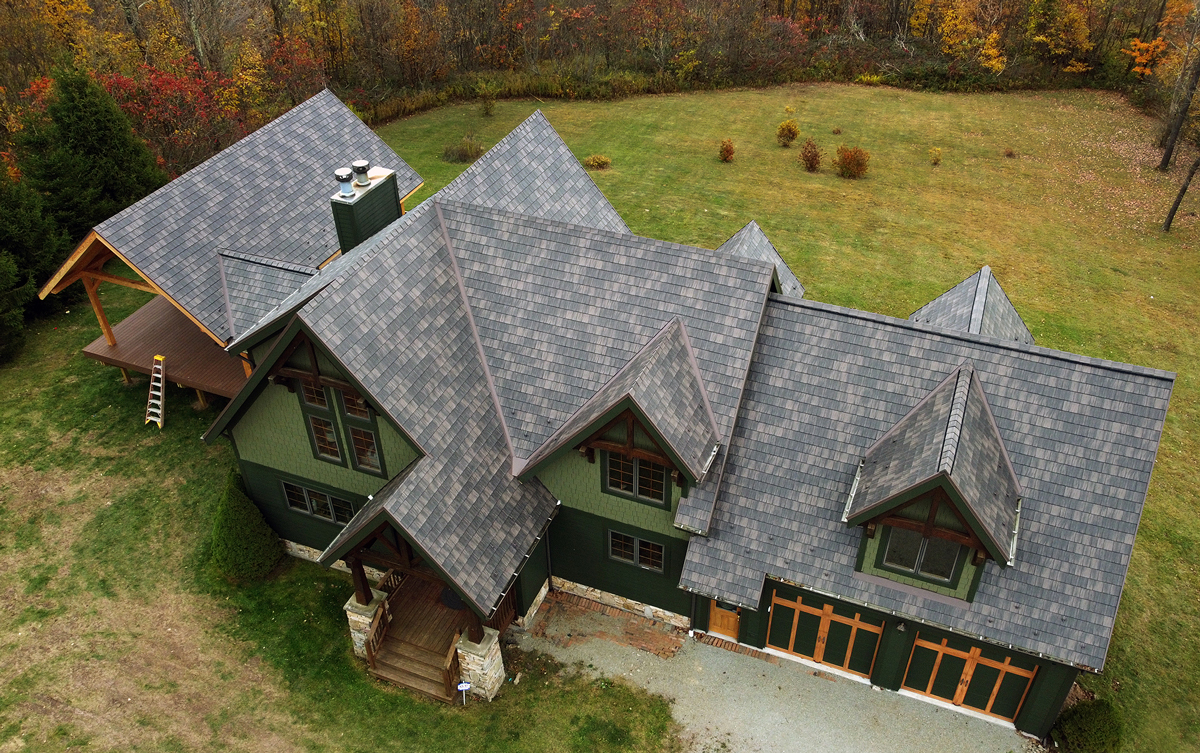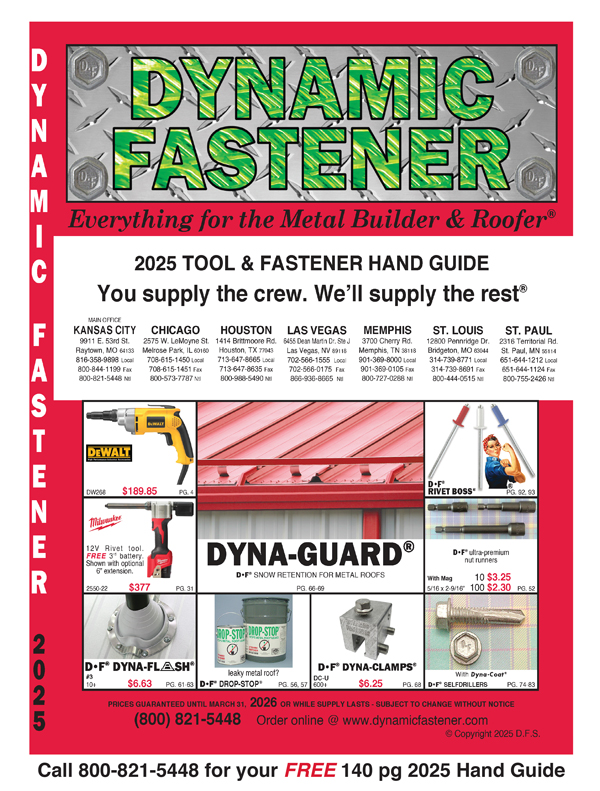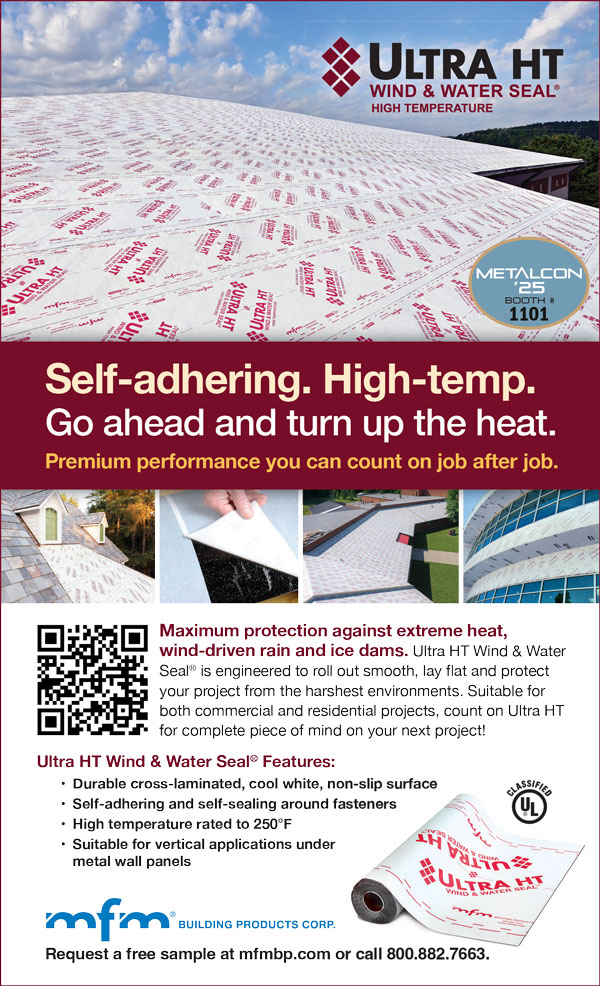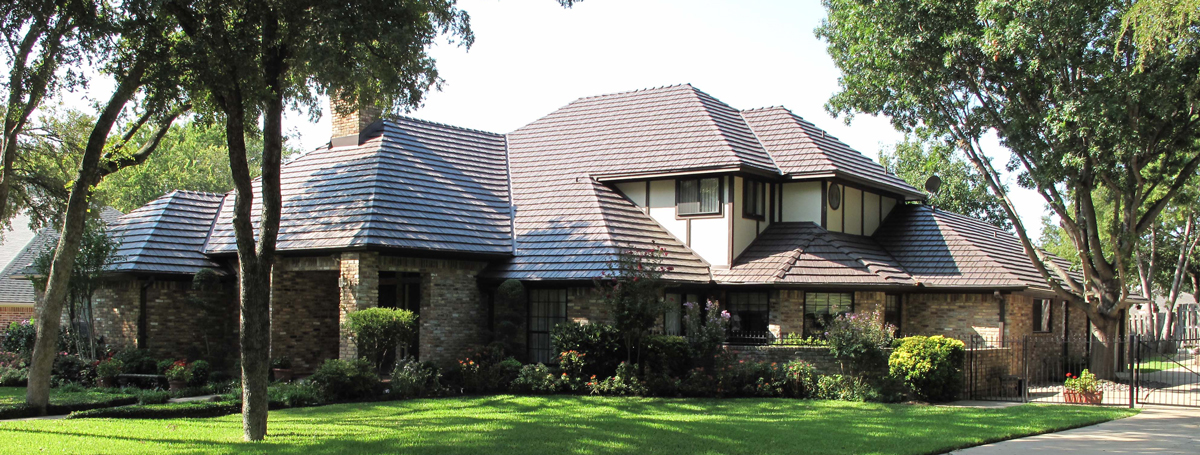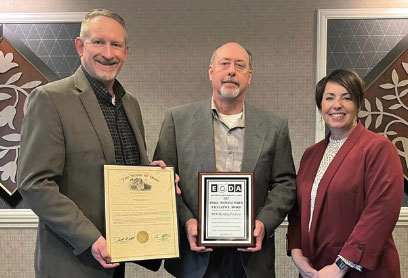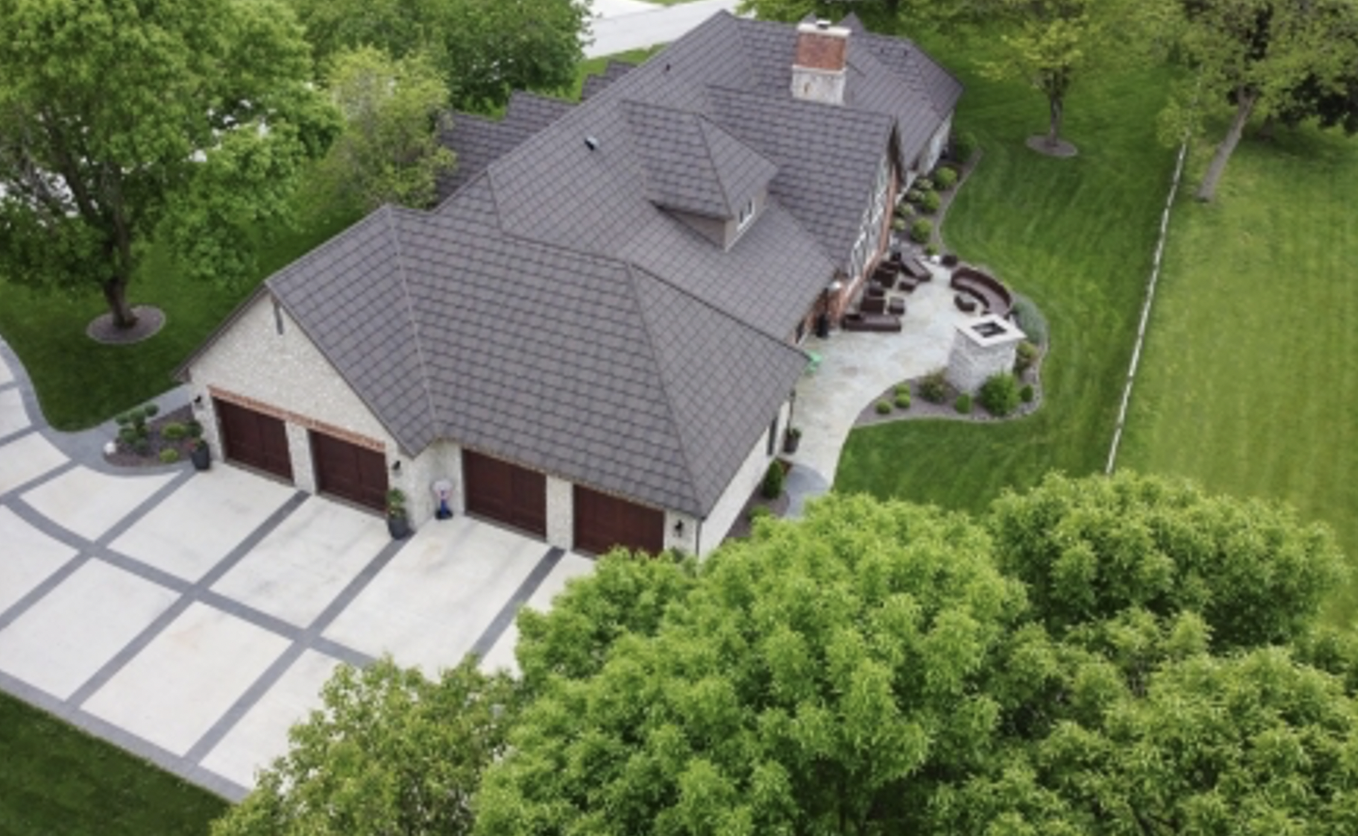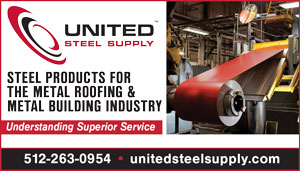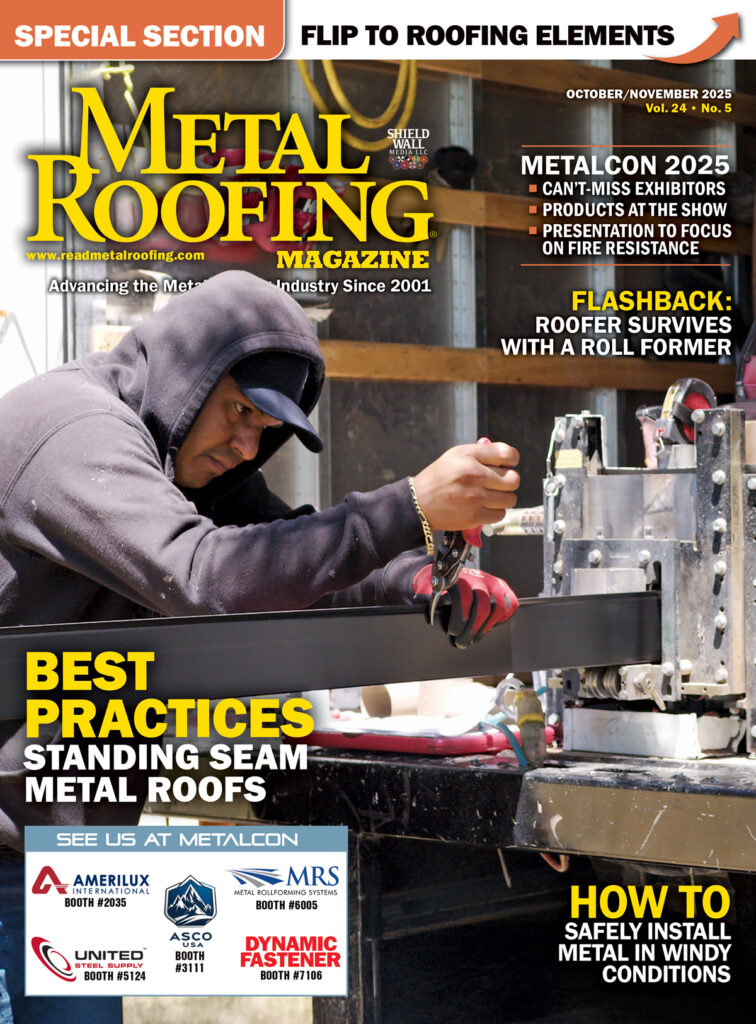The Metal Roofing Alliance (MRA; www.metalroofing.com), the leading nonprofit organization representing the residential metal roofing industry in the U.S. and Canada, recently released new market research showcasing U.S. metal roofing trends for 2023.
Based on data from two independent research sources—FMI and Freedonia—the share for residential metal roofing in the U.S. continues to gain ground. While shipments dipped slightly in 2023 due to a slower housing market, the industry is now capturing roughly 18% of the total residential roofing market. In particular, the re-roofing market is strong for metal roofing, which may also be due to the increasing frequency of weather-related disasters which is growing demand for more resilient, longer-lasting building materials.
In particular, the efforts to increase adoption of metal roofing among homeowners that are being driven by the MRA are proving to be effective. The residential metal roofing market now represents an 84% share of the total amount of metal roof square footage being sold in the U.S.
Residential Metal Roofing Type and Style
According to Freedonia research, the residential metal roofing market is predominately made up of steel, which captures roughly 82% of the U.S. market. For style, standing seam ranked among the most popular, with metal roofing shingles and through-fasten roofs also capturing a portion of the market. Freedonia research revealed that newer technologies and styles—including stone-coated metal roofing—also are gaining ground.
Purchase Factors
As FMI’s research demonstrates, MRA’s efforts to help educate homeowners about the benefits of quality metal roofing continue drive the market. According to this year’s findings, factors that most influence the type of material selected by homeowners include lifespan or longevity, personal preferences, appearance, cost and architectural specifications. Given a quality metal roof can last decades longer than asphalt, and comes in more colors, styles and patterns than any other type of residential roofing material on the market, homeowners are gravitating to metal as a highly competitive option.
Research also demonstrates that weather-related factors may be driving interest in quality metal roofing. In comparing the rise of climate-related disasters with the increase in homeowners choosing metal roofing for repair and replacement, Freedonia research indicates a correlation between the two, with the demand for metal roofing rising with the increase in billion-dollar climate disasters from 2015 to 2022. Metal roofing has been proven to be among the best options for regions that face hurricanes, high wind extremes, hail and severe storm damage, heavy snow and ice, and can earn a Class A rating against wildfire dangers (the highest rating possible).
“It makes sense that homeowners who have lived through devastating climate disasters and have experienced costly repairs or the need to re-roof completely would choose stronger, longer lasting, and more durable materials designed to better withstand severe weather extremes,” said Renee Ramey, MRA executive director. “We are seeing this proven out in various market research studies covering the U.S. and Canada.”
Forecasts for U.S. Residential Metal Roofing
FMI research forecasts that metal roofing is anticipated to reach over 4.8 billion square feet in 2028 based on historical and forecasted shipments (square footage). These forecasts also point to a 19% increase in growth for residential metal roofing from 2024 to 2028. For residential metal roofing, re-roofing/replacement will continue to drive the majority of the market.
From an industry perspective, the residential market is experiencing increased awareness and growing interest in building practices that address the needs of a changing climate and a focus on improved sustainability. Ramey predicts this evolution will have a positive impact on the industry overall.
For example, while residential rooftop solar systems may have been a niche market in the past, they are now becoming standard practice for new builds and re-roofing projects as homeowner adoption increases. These types of systems require stronger and longer-lasting roofing material like metal that also allow for ease of installation, which future-forward construction industry businesses are now considering.
“Education, awareness, and improved building methods in the U.S. will help drive better, longer-lasting solutions,” said Ramey. “That naturally leads to an increased preference for quality metal roofing as a better and more sustainable choice.” MR


